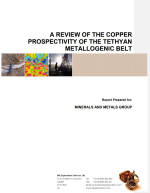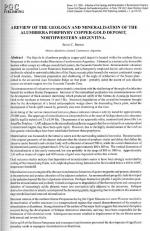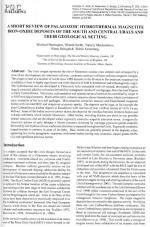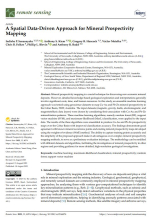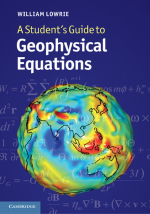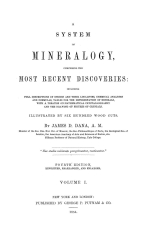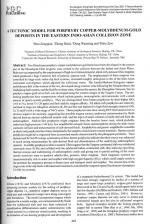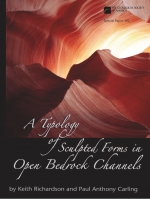Two Himalayan porphyry copper-molybdenum-gold belts have been developed in the eastern part of the Himalayan-Tibet orogenic zone related to the collision between the Indian and Asian Plates. Both were accompanied by the emplacement of high-level intracontinental, alkali-rich, potassic felsic magmas which produced a huge Cenozoic belt of potassic igneous rock. The emplacement of these magmas was controlled by large-scale strike-slip fault systems, orientated roughly orthogonal to the of the Indo-Asian continental convergence, which adjusted the collisional strain. The Jomda-Markam-Xiangyun copper-molybdenum belt is the western of the two, developed along a narrow zone following the Nanqian thrust, the Jinshajiang fault system, and the Red River shear zone, whereas the eastern, the Zhongdian-Yanyuan-Yao'an porphyry copper-gold-silver belt, was developed along the western margin of the Yangtze Craton. The ore-bearing porphyries have compositions which include granite, monzogranite, and monzonite, with a small amount of quartz-syenite porphyry. They are distinguished from barren porphyries by their higher Si02 (>63 wt %), lower Y (<20 ppm) and their adakitic magma affinity. All alkali-rich porphyries are relatively enriched in large-ion lithophile elements (K, Rb and Ba) and depleted in high-field strength elements (Nb, Ta, Ti and P) with a wide range of Nb/Y ratios.


